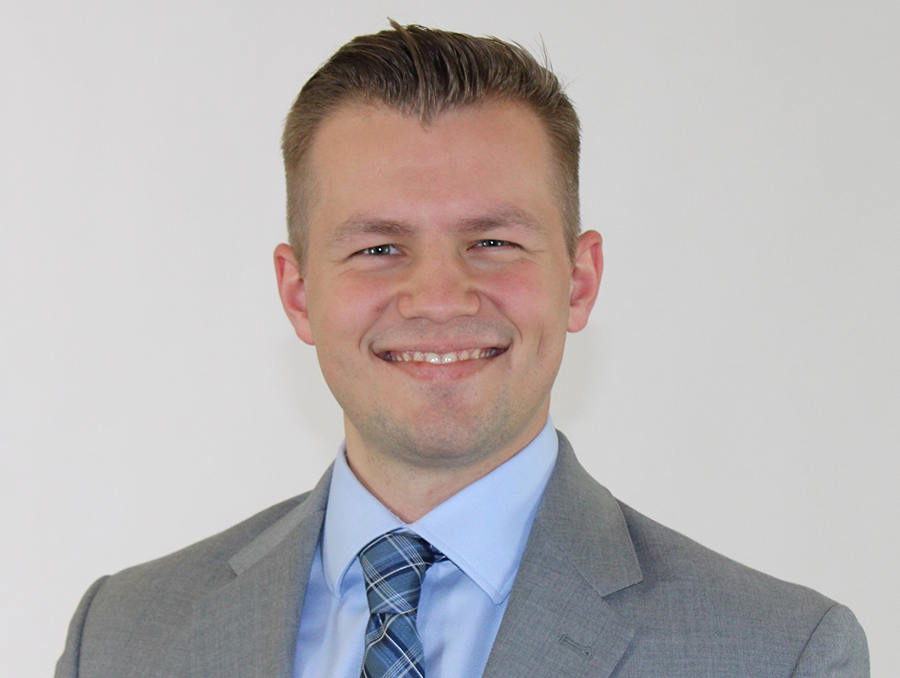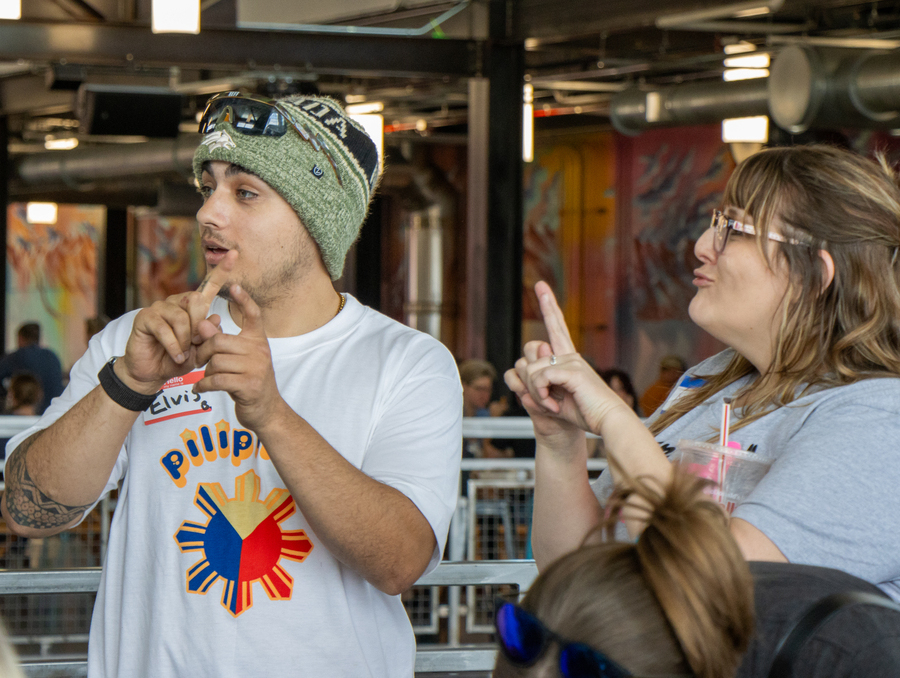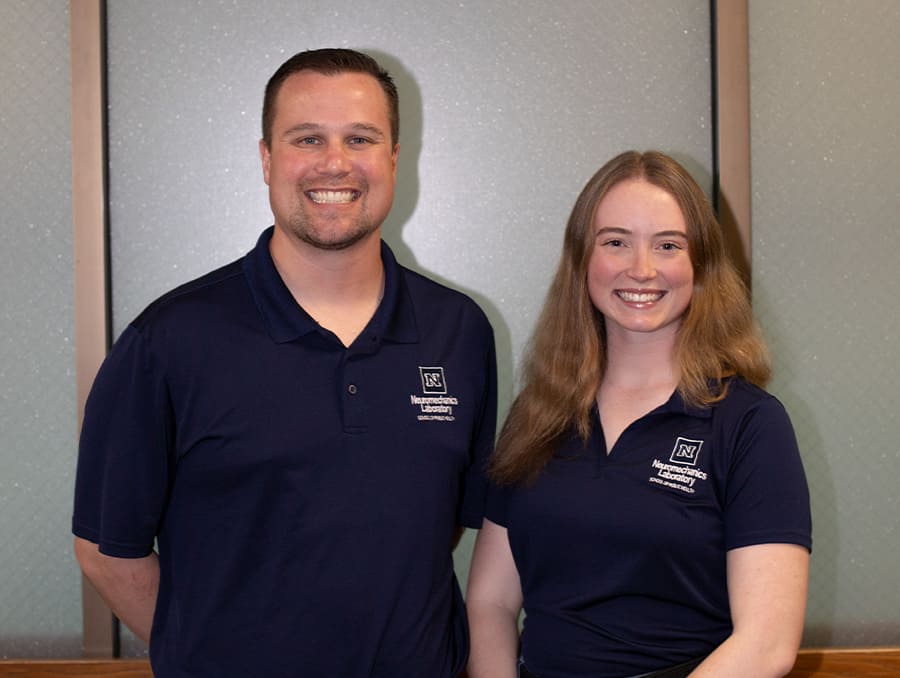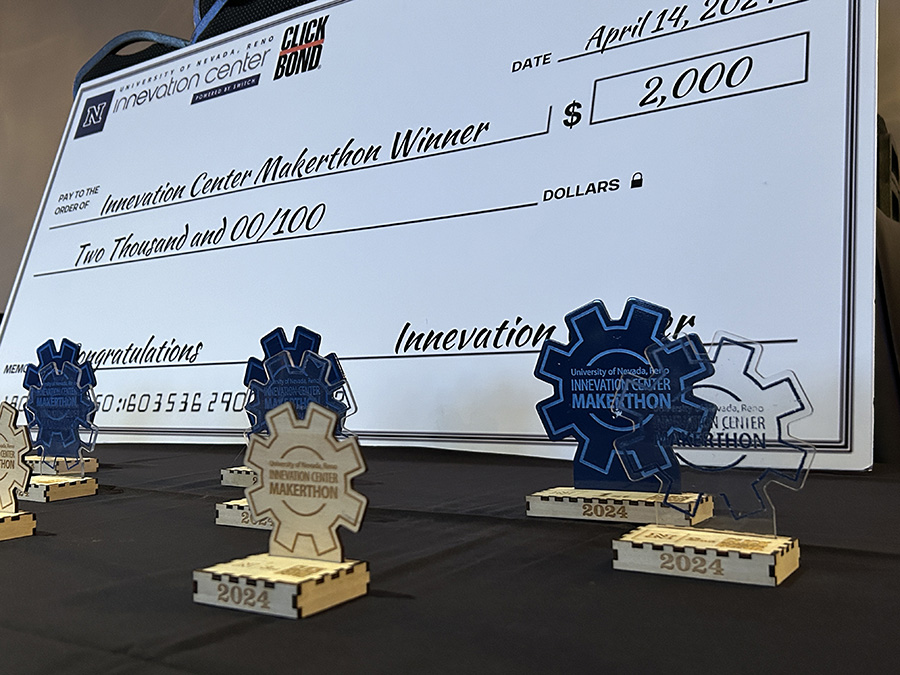“Post-Petroleum,” an art exhibit in the Sheppard Fine Arts Gallery, illustrates cities and suburbs in a world where the oil wells have gone dry and roads and highways are rendered useless. The exhibit will reach its closing date Thursday, July 31.
The exhibit speaks to the fear of the consequences of depending completely on a non-renewable source of energy, said exhibit curator and art instructor Christine Pinney Karkow, who has been interested in the idea for quite some time.
“I’ve always been interested in urban planning and cultural geography and have always been worried about gas problems,” Karkow said. “I thought this project would be pertinent to the type of topic I’ve thought about for years.”
Karkow said she realized that with many commuting from the suburbs to city centers in cities spread over a large area, the possibility of oil completely drying out would cause many problems for transportation as well as lifestyles.
“When we no longer have the basis on which we created our society, which is cheap fuel, how are we going to live in these spaces when it is gone?” Karkow said. “When it’s not viable anymore, how do we get out of this mess?”
Many of the wide variety of pieces in the exhibit are answers to some of these questions. The exhibit emits a bleak, empty atmosphere. Photos of empty store parking lots and paintings of dilapidated highways overrun with weeds give an idea of what a world run with oil in a “Post-Petroleum” state would be.
But other pieces are more optimistic about what could be done now to prevent complete dependency on oil. Posters by Matt Grover and an installation of models illustrate a possible reworking of the Wells Street overpass. Grover has proposed to make the most of the space underneath the overpass by making them into living spaces. On top of the Wells Street overpass, he has designed a way to harness alternative renewable energy sources.
When Karkow and Marjie Vecchio, director of the Sheppard Arts Gallery sent out word to artists, they found that many artists were also thinking about the same topic. With paintings, photographs, sculptures, mixed media and even stitch work, a wide variety of artists expressed the same feelings about spaces and oil as Karkow did.
“We have entries from Florida, the Midwest, Illinois and New York,” Karkow said. “It shows that this is in the forefront of people’s minds right now.”
Karkow hopes the exhibit will help people think a little bit more about city planning as well as their use of oil and energy. Karkow hopes that discussing the topic will eventually bring change. She also hopes that many will focus more on conservation of energy sources, from using public transportation to reevaluating city planning.
“More than anything, I wanted increased awareness,” Karkow said. “Maybe to pay more attention to government officials and city planners. Maybe think of what everyone can do.”











